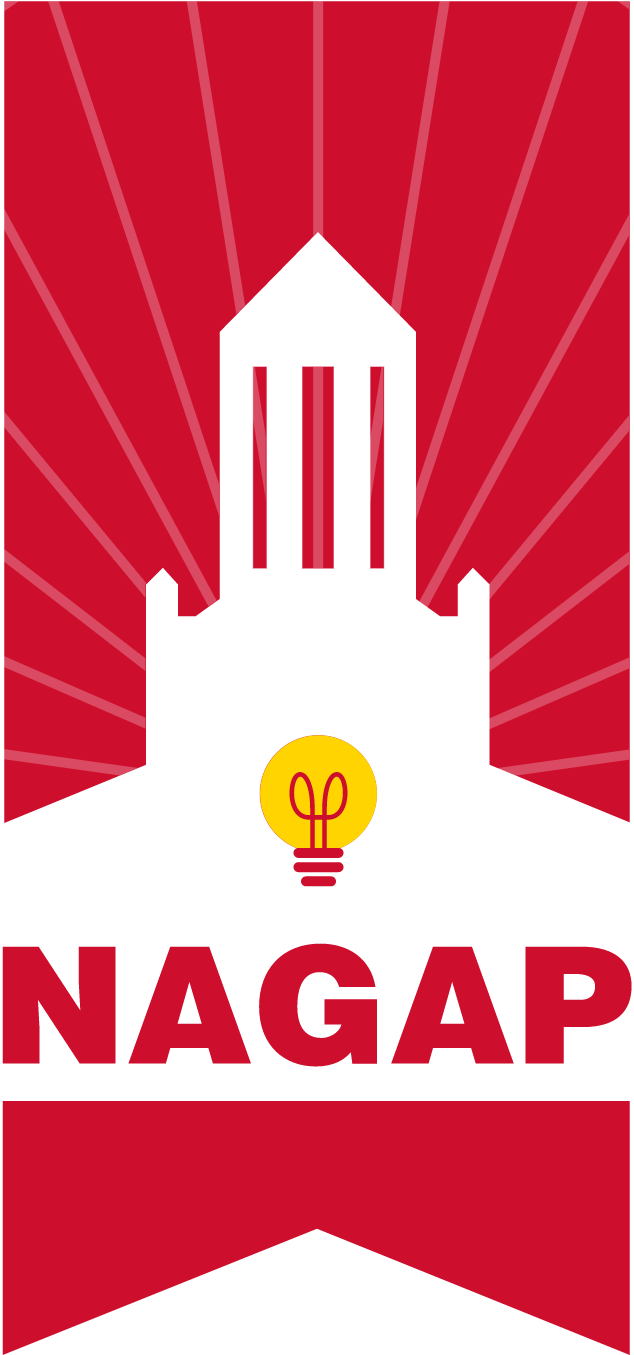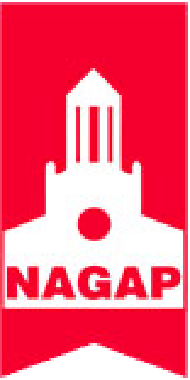We have all worked in an office where training and historical context were not provided, where the exception is always the rule, or things were done differently depending on the person or how the wind blew that day. Maybe you’ve spent too many hours in one day solving one problem. That problem required a great deal of detective work across multiple offices to determine how it was handled in the past and how to avoid this in the future. If this sounds familiar, you are not alone. Taking the initiative to create a graduate enrollment management policy manual can be a significant contribution to your office, team, and personal growth, regardless of where your career takes you.
Benefits and uses of a graduate enrollment policy and procedure manual
- An office manual is an incredible training and cross-training tool. When you have a new hire, you give them the manual. After some very hands-on training, the manual is particularly good for aiding new hires as they begin to work independently.
- If you have team members out of the office, the work doesn’t have to stop. The manual should be detailed enough that anyone can pick it up and cover the task of their colleague.
- The office manual also helps leadership set expectations with their team about how things should be done in this office. Should you ever have concerns about an employee's work, the manual becomes a valuable tool you can refer to. Your office “rule book” will help ensure productivity and efficiency, which is critical in this era of high turnover and the forthcoming demographic cliff.
- Equally important, as a leader, it empowers you to hold your staff accountable, ensuring equitable workload distribution and fair processing for all applicants.
Methods for creating your manual
To start, ask your team during a slower period to record the procedural work they do in detail and the policies that guide them. Starting in this way immediately makes the task less overwhelming and the information will be more accurate because it comes directly from the staff members that do the work. It is perfectly acceptable to start with a light version of your manual and build it up over time. This will happen anyway by nature of efficiency building, but you can intentionally tackle the process in this way. To do so, first meet to discuss the process and agree on your top procedural duties and policies. Then have teammates record those in the manual document on a shared drive.
Perhaps you are an office of one or few and this manual is the job of one individual. If so, the least time-consuming way to begin this project is to record your common procedures/policies as you do them or as issues arise. You can simply track a list of tasks and then designate time on your calendar to record detailed steps or you can record each process in detail as you come across it.
Best practices for maintaining the manual
As process and policy changes are made throughout the year, you should record them in the manual right away. Next, you'll schedule a calendar invite for your team, preferably during the slowest period (usually summer for graduate admissions, though slow periods are rare nowadays). Roughly two weeks before the meeting, distribute the manual and request a thorough review, encouraging them to note any edits or suggestions. During the scheduled session, address the comments and clarify any queries, aiming to finalize the changes by the end of that week. Giving yourself a due date will ensure the updating happens and sharing the load with your team ensures the manual is accurate.
Be sure to include a table of contents and update that as well with each change. Over the years, your manual will become quite long, and it is most user-friendly to be able to click on a section from the contents.
Also, it is important to use screenshots and videos with your directions. Visual details are particularly helpful when using this document to train new employees.
To craft a truly beneficial manual, envision it as a guide for someone completely new to your office or the field. Keeping this mindset leads to the level of detail you need to make a strong manual.
What should you include?
The office manual can include as little or as much as you would like. Thorough manuals include sections on both admissions policies and procedures. They capture the steps it takes to run a successful graduate admissions office from inquiry to enrollment and beyond.
Here are some specific examples you can consider using:
- Process for handling incoming transcripts and test scores
- Process for checking newly submitted applications in your CRM
- Process for updating applications in your CRM
- Process for moving materials to new applications if an applicant changes terms
- Deferral policy
- Process for managing deferral applications
- Process for generating decision letters
- Process for inputting enrollment decisions
While thinking about everything that goes into running your graduate admissions office may cause stress, recording your team’s work has significant benefits. The most important thing to do is to at least begin. As a first step, you may decide to brainstorm with your team about what could be included in your office manual. After all, there is no right way to do this. But when you hire that next teammate, or your colleague is out on leave, you will be thanking yourself and your team for taking the time to make the manual.

About Katie-Ann Mason
Katie-Ann Mason has worked in Graduate Enrollment Management for more than 12 years. She is the Associate Director of Graduate Admissions at Bridgewater State University and a member of the Adjunct Faculty for the BSU Department of Theatre. A Terrier and a Shark, she earned her Ed.M. in Higher Education Administration, from Boston University School of Education, having first earned her B.A. in History with a Performing Arts Minor from Simmons College. Within GEM Katie-Ann is most passionate about making graduate opportunities economically accessible, the application process equitable, and being a voice for those who don't feel seen or heard. Katie-Ann proudly serves as the Chapters Committee Chair on The NAGAP Board of Directors and continues to support her own regional Chapter as the NEGAP Immediate Past President.




